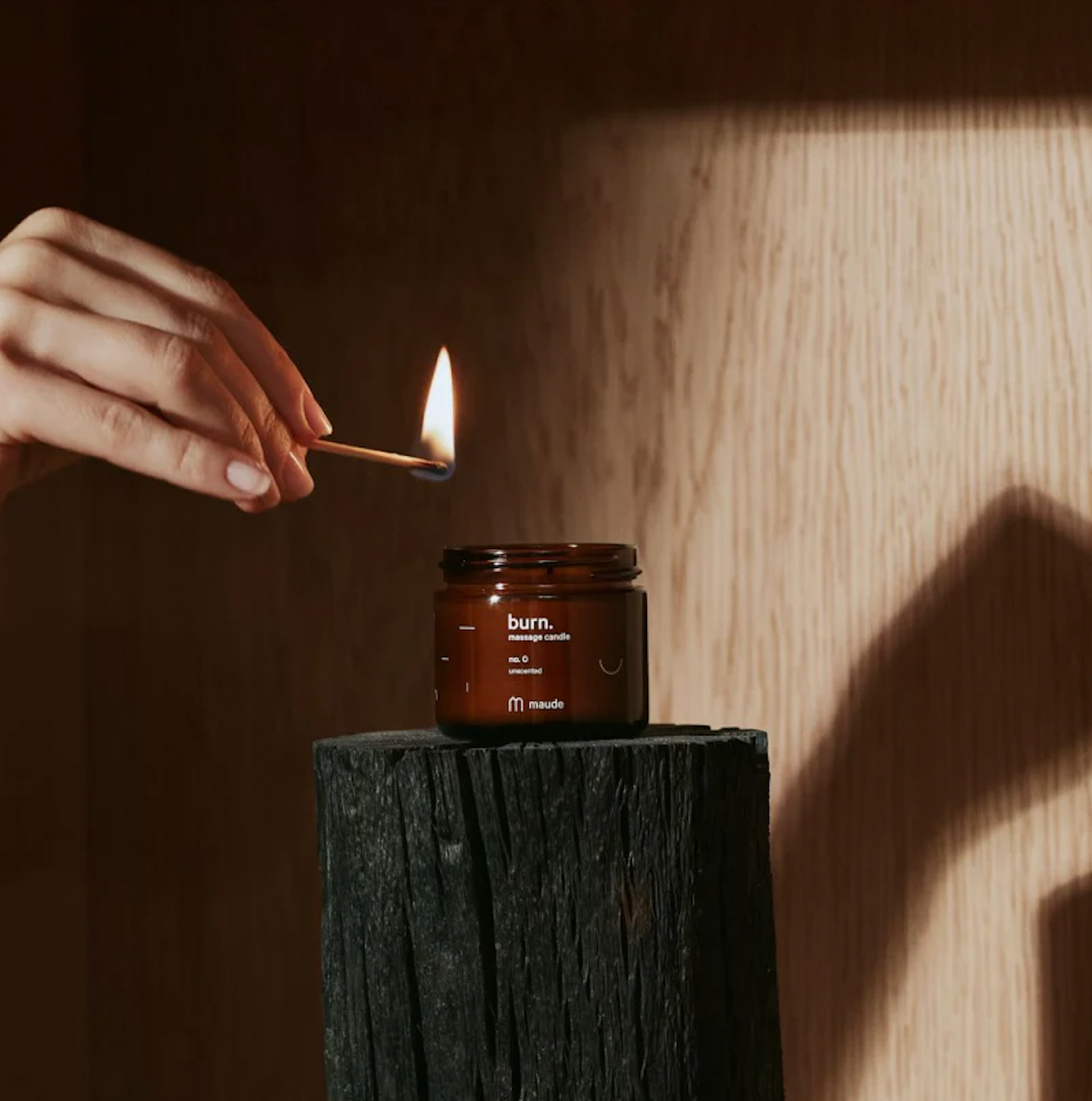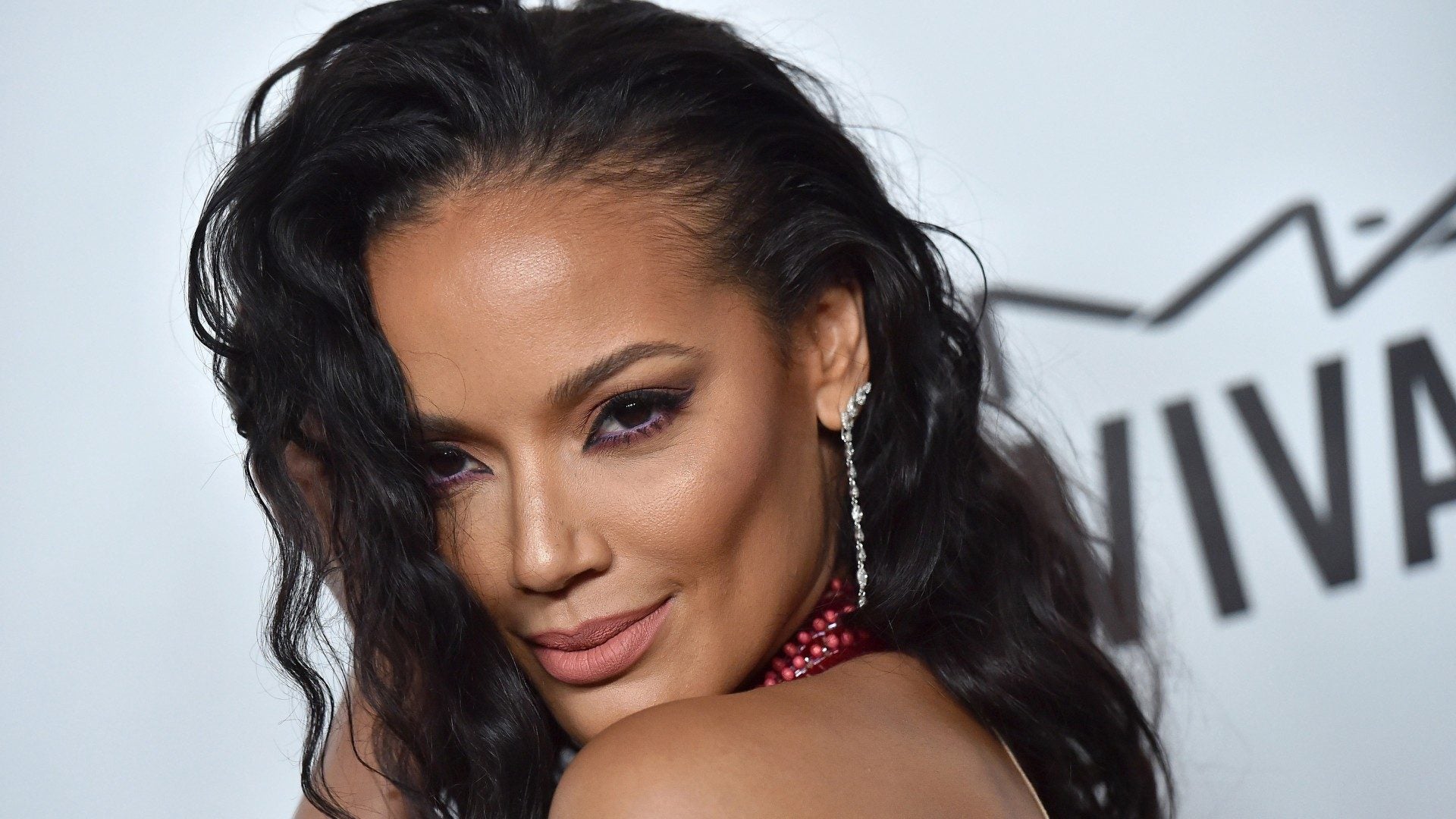
Selita Ebanks might not have been walking the shows at New York Fashion Week this season, but she’s very much present. On Tuesday night, the model and entrepreneur took part in a candid discussion, hosted by Joe Anthony for Culture Hack Live called Unmasking The Dark Side Of Beauty, which dived into parts of the fashion and beauty industry that are less than chic.
Ebanks was discovered at a Six Flags at a time when agencies still used polaroids, and didn’t tap women shorter than 5’9” to model unless they were heroin chic. But with a standout face and a naturally lean frame thanks to a fast metabolism, she was easily identified as a head-turner. And even though she was too young at the time to tap into her sex appeal, her confidence was pretty high.
It wasn’t until she began working with lingerie giant Victoria’s Secret that the model says she began to see tokenism, colorism, sizeism, and other negative ideals that plague and pigeonhole even the most beautiful women in the world.
“I didn’t have any insecurities growing up. I was just very focused on family and love and everything that comes with that,” said Ebanks. “I wasn’t raised to look at another woman and compare myself to her, or to think she’s inferior or anything like that. Once I started modeling, I realized that there were multiple layers to it.”
Ebanks shared stories of her modeling days, and instances where she was pitted against other women of color, and put in situations where the other women only saw her as a threat to their livelihood and success. But she said that when she was hired to be a Victoria’s Secret Angel, her perspective began to truly shift. It was also when she first began to have bouts of anxiety.
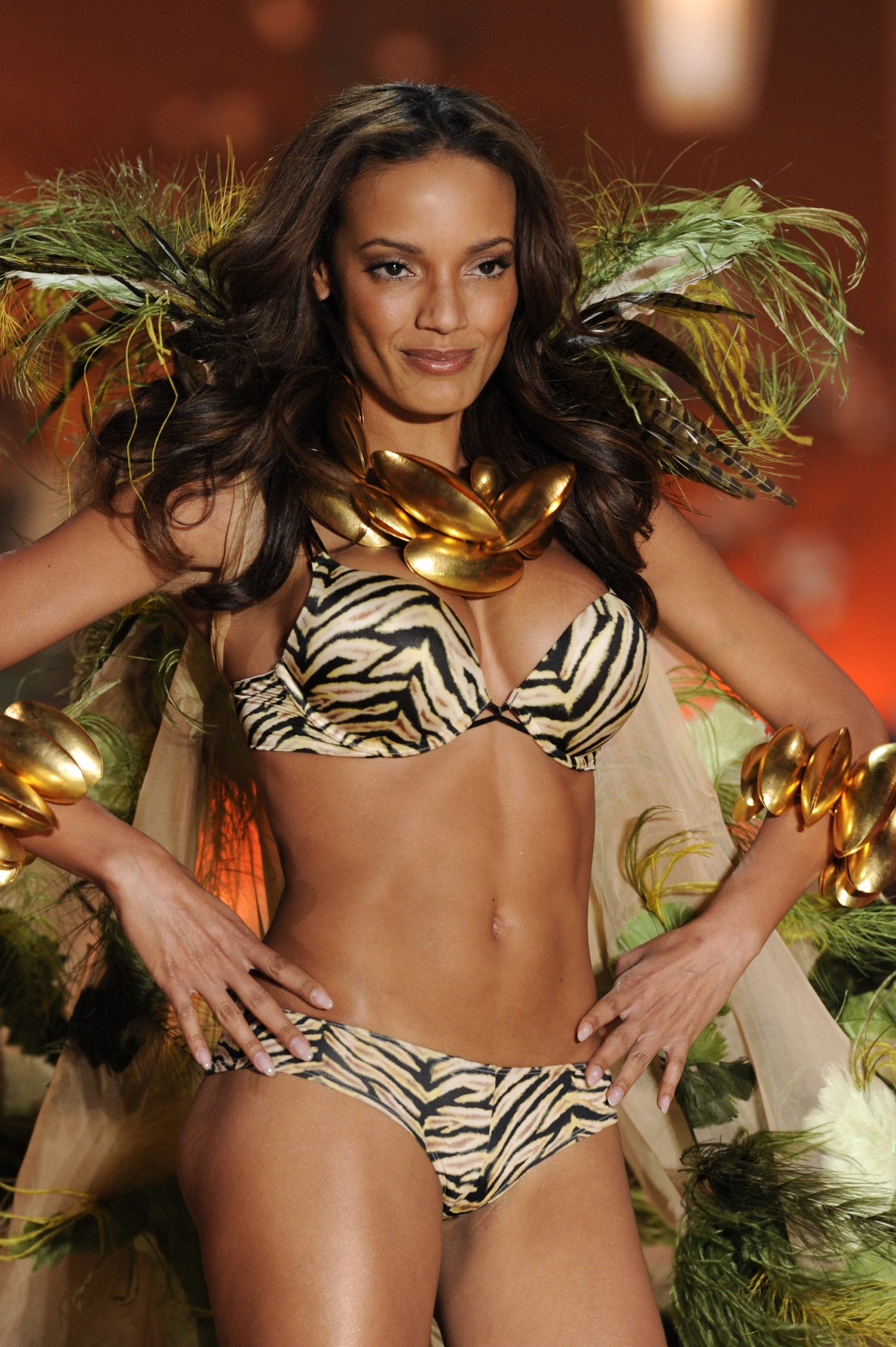
“I was just very excited about the opportunity. Then, when I learned they were looking for the ‘new Black girl’ I was kind of like, ‘oh, wait, huh? Tyra is not going to be here?’ I didn’t understand,” she said. “Once it was made clear to me that basically they were saying that I now had to represent every woman of color in the world—talk about pressure. How does that even make any sense? How do you cope with knowing that you have to be the face of this brand representing all women of color? We come in different sizes, different textures, everything. So how are you now giving me this responsibility?”
She didn’t cope well. The weight of the responsibility forced Ebanks into bad health habits from fear of being called fat (she said at one point she dropped to 100 lbs—which at 5’7″ is severely underweight). She also began tanning because she felt like she wasn’t “Black enough” to represent the community.
“That’s when I started looking at myself different, looking in the mirror questioning myself. Questioning who I was as a person,” she said. “My hips did grow and it became a problem. And now, you become depressed and all these other things that come with it. So that was a very dark time for me even though it was very glamorous.”
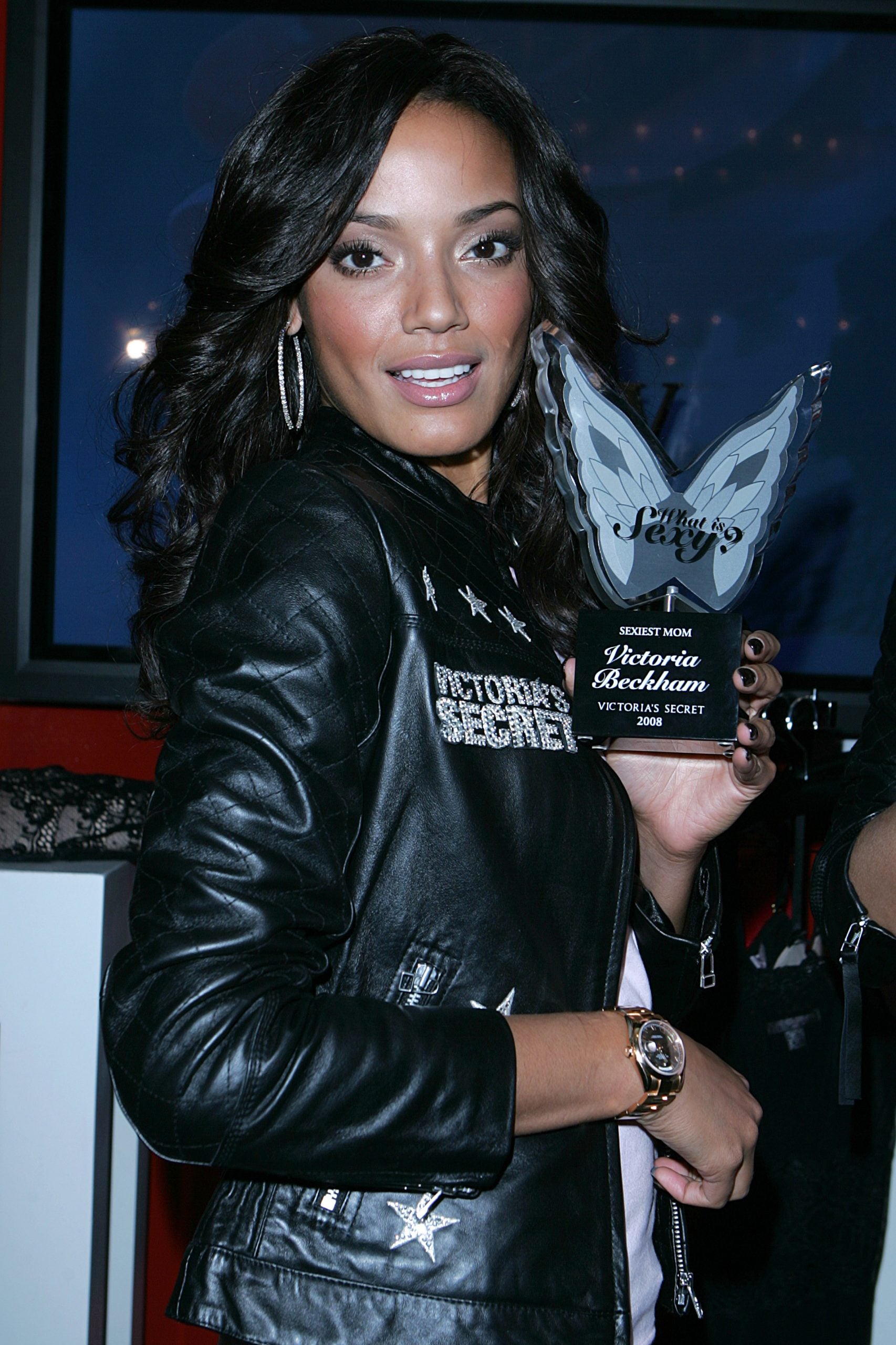
But fortunately for Ebanks, she eventually crept out of that darkness. And now she is dedicated to bringing good to an industry that she once loved, and still has hope for. Her newest venture, The Good Look, is a media platform and clean beauty brand dedicated to empowering and educating women about what they’re putting on their skin. She’s also writing an article about colorism and the epidemic of skin bleaching.
“The fact that this is 2020 and my nephew is still having the same [colorism] issues is sad,” she told the audience. “I think we, as a community, have to do a lot better with educating and breaking that domino effect.”

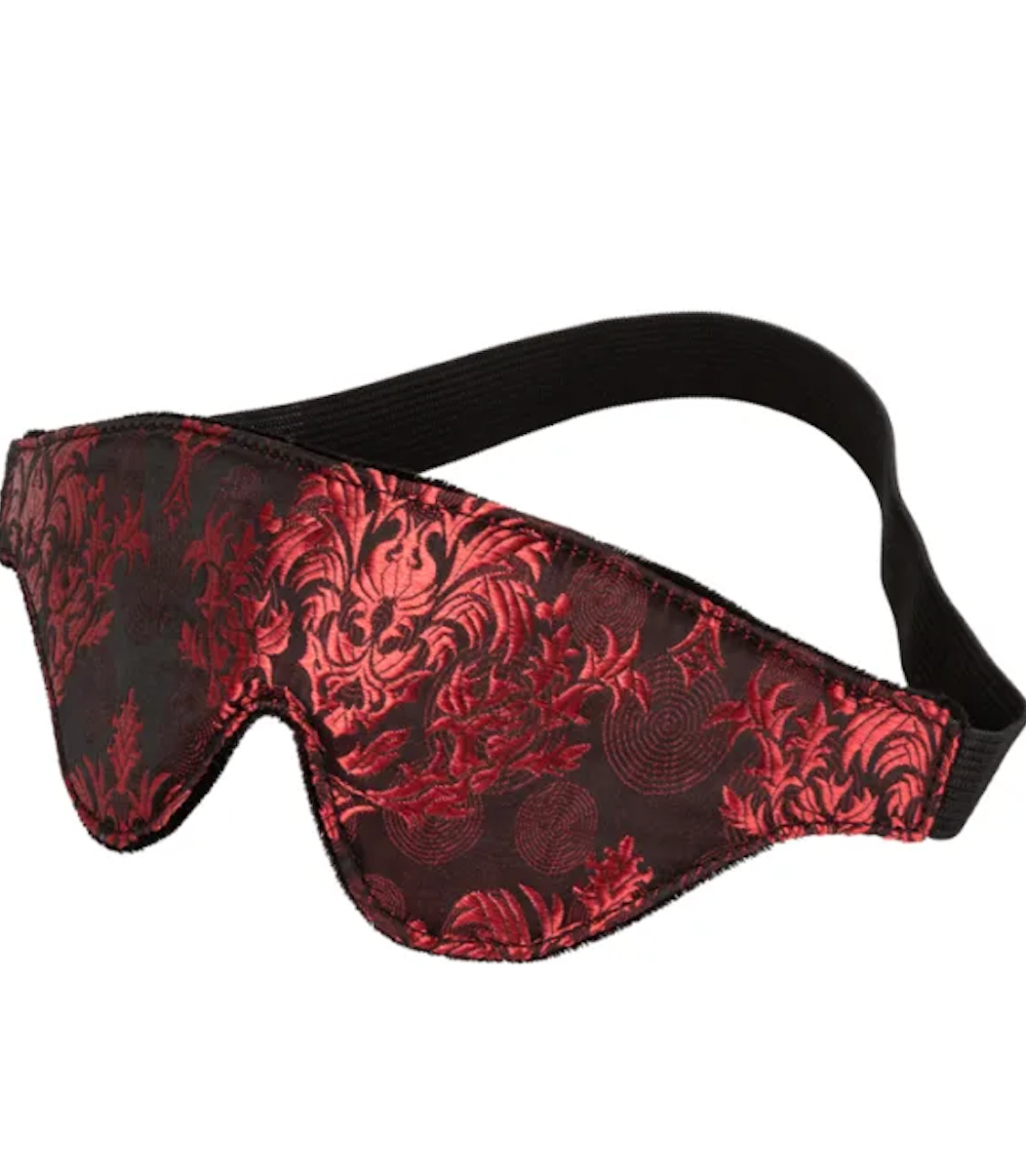
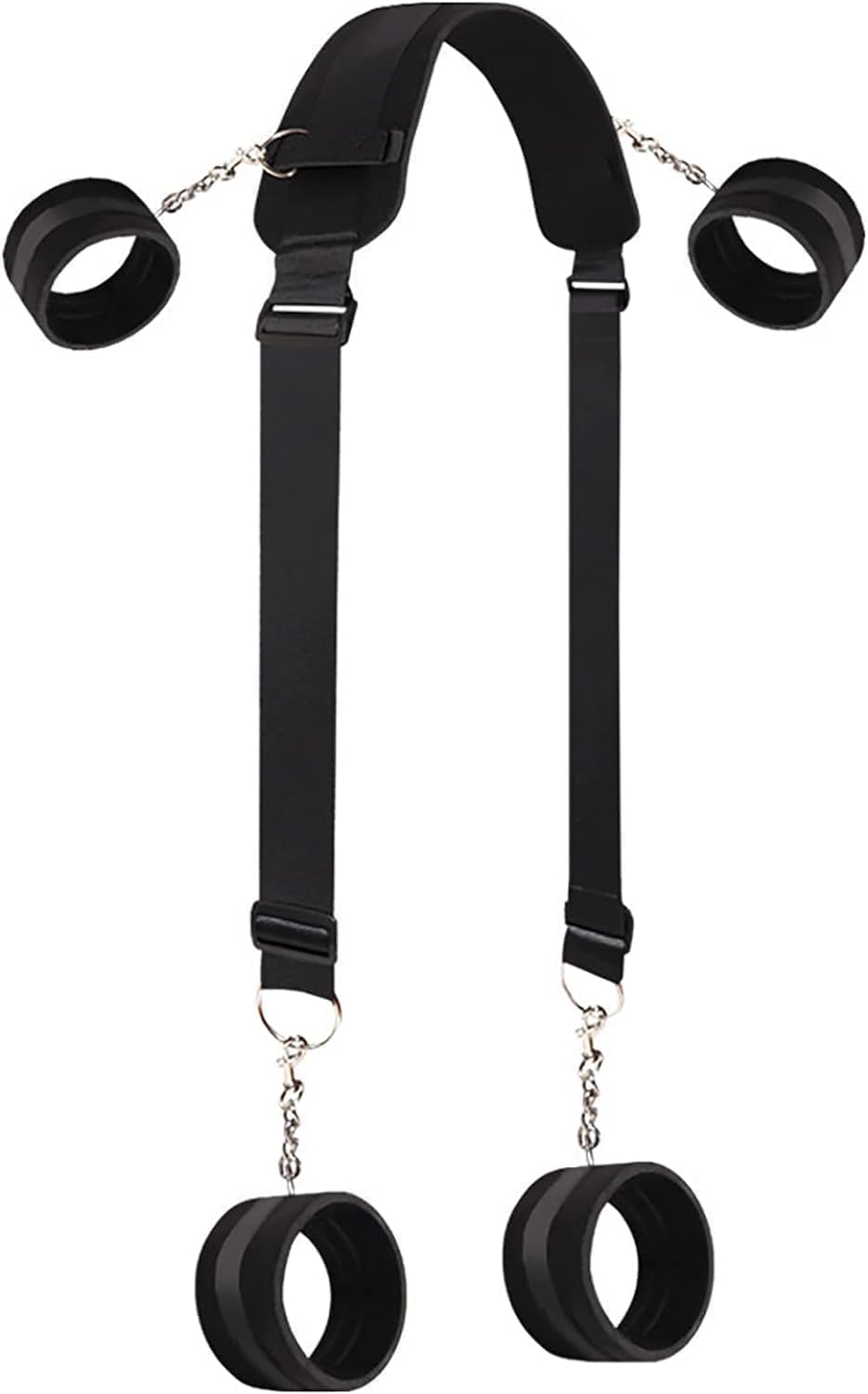
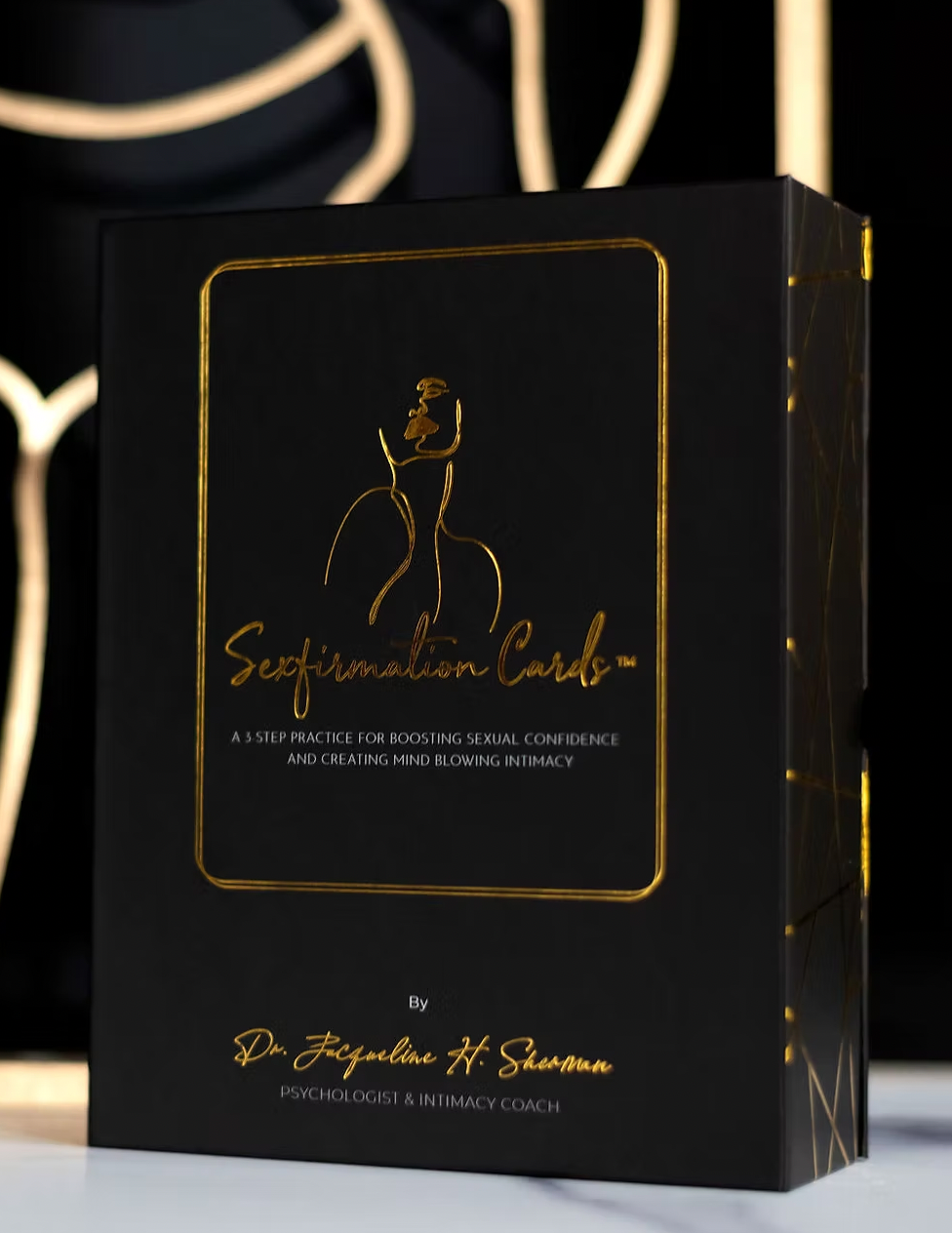



“So now I am doing all this research about skin bleaching and brightening and all these things. There are so many things that can happen from just not knowing what is in the bottle,” Ebanks finished. “It’s very daunting, but I want to provide a platform for you all to come to and to educate yourselves and to read our amazing articles, and of course, a beauty brand, that you can feel good about that is not only natural, but it’s effective and it’s safe.”
